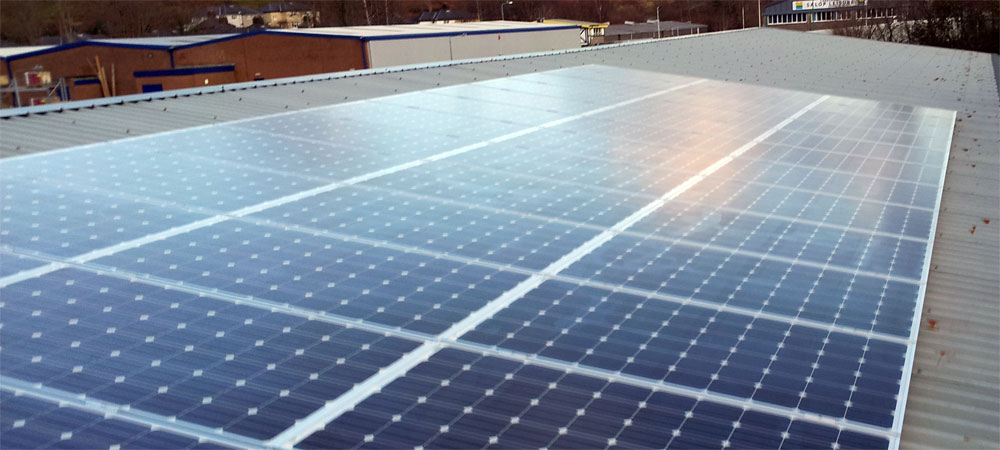Solar PV System Design
How to design a solar pv system
With three detailed real life case studies
This article is designed to show the process involved in designing a solar pv system. It is aimed at consumers who want to understand the process that a solar panel installer will go through in order to come up with possible options for a solar panel system for their property. We will describe the design process generally and then move on to three real life case studies of solar panel systems that ended up being installed.
The solar pv design process
The process can generally be split up into the following stages:
- Understand the customers objectives and requirements - This is first stage is vitally important, getting a clear understanding of what the customer is trying to achieve from the beginning can save lots of time later on in the process. Customers might have specific requirements in terms of aesthetics, performance, energy savings, budget and return on investment. At this stage it also makes sense to try and make sure the customer has realistic expectations about what can realistically be achieved.
- Understand site specifics – This includes available area, the roof angle and orientation, cable runs, what is the roof covering, ground conditions, shading issues, whether there are multiple orientations, is there space for an inverter, is there an internet connection, what are the scaffold and health and safety requirements. Also important here is how much the national grid will allow us to install. We might not know this straight away so we might have to come back to this at a later date.
- Consider solar panel options – The main three things to think about are the panel output in Wp, aesthetics, solar panel efficiency, the solar panel dimensions and whether there are any preferred manufacturers. The budget requirements need to be considered at this point too.
- Consider mounting system options – This is often restricted by where the panels will be installed or by budget but it is important to remember that there are multiple ways solar panels can be mounted. The most common is on-roof but installing an in-roof system will make a big difference to the system aesthetics.
- Consider Inverter options – will a string inverter be sufficient? Does the number of panel fit with the number of suggested panels? Would power optimisers or micro-inverters be a better option? How important are warranty periods for the customer?
- Is there a requirement for additional components? – For example would the customer benefit from a solar battery system, a solar immersion controller or other additional components?
Carefully considering the above aspects will help to steer us towards a satisfactory design for the solar panel system that both us and the customer will be very happy with. Beyond just the system design the customer will require additional important information in order to make a decision. Establishing these factors are also part of the design process:
- How much does the designed system cost - very important!
- What is the estimated yield from the system - also very important!
- What effect will the system have in reducing energy bills?
- What will the likely return on investment and payback period be for the system?
With all of the relevant factors taken into consideration, the system designed and all of the information presented in an clear and concise way the customer can make an informed decision about what type of solar panel system is best to invest in.

